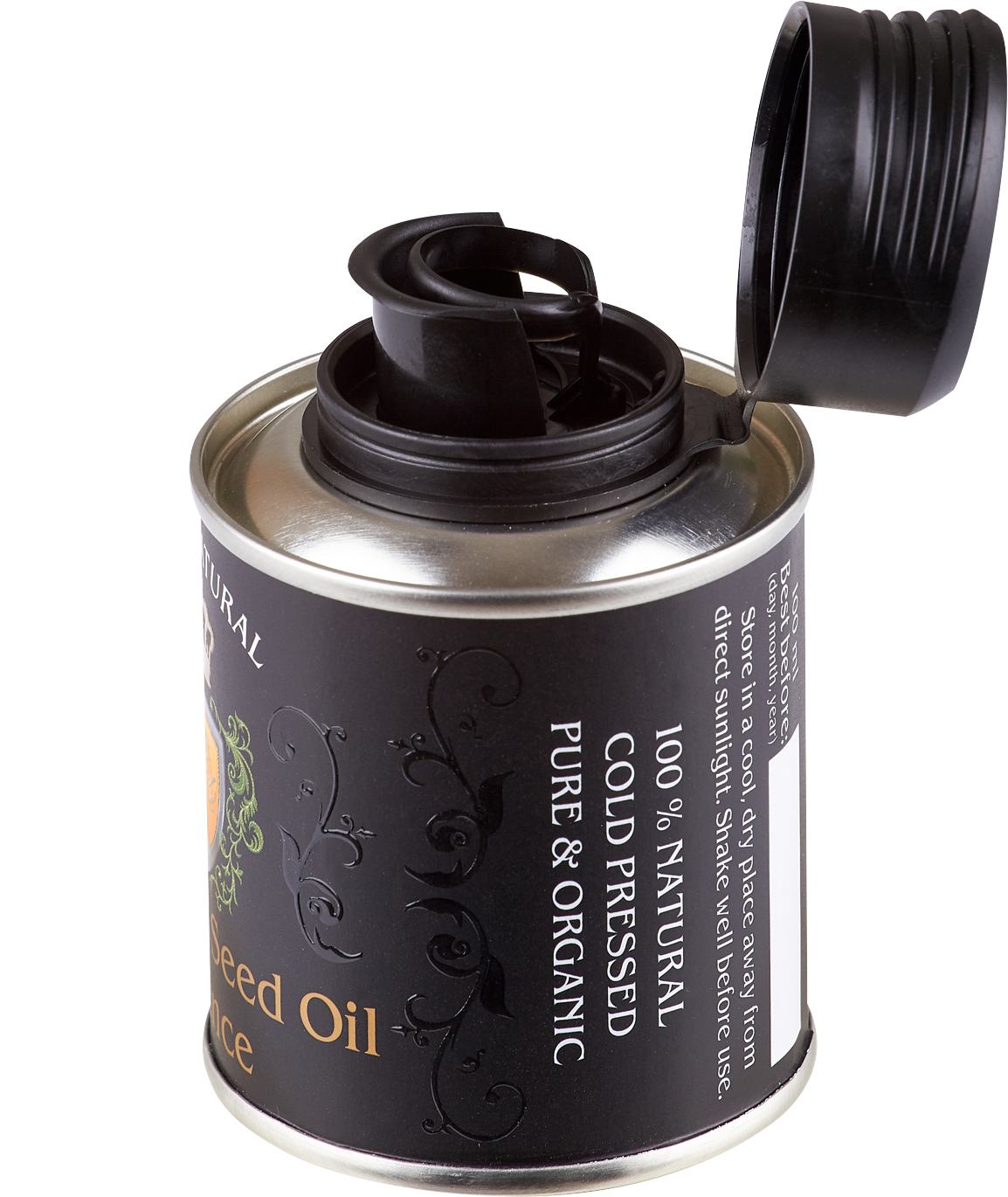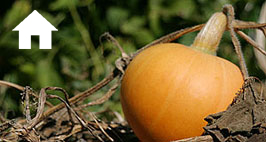General introduction
Taste good and feel good!
Natural Pumpkin Seed Oil will treat your health while you enjoy its taste.
It is not only delicious, but at the same time provides a heath care for your body in many different aspects. This is one of the very few products which are both healthy and tasty. Pumpkin seed oil is just simply the oil taken from pumpkin seeds. It is a very popular ingredient in recipes of Eastern Europe. If you’re in the mood for a chewy snack that doubles as a phenomenal health food, look no further than pumpkin seeds. The Natural Pumpkin Seed oil is marked by a characteristic dark green colour and typical walnut-like aroma that blend harmoniously together with fresh bread. Best of all, because pumpkin seeds are highly portable and require no refrigeration, they make an excellent snack to keep with you whenever you’re on the go, or they can be used as a quick anytime snack at home, too.
Pumpkin seed oil is a handy ingredient to keep around and use on a daily basis to improve your metabolic and physiological health. Packed with unsaturated fatty acids and a high level of antioxidative substances, this silent champion provides a long list of benefits to both men and women. When the oil from these little seeds is extracted at the right temperature, the possibilities are virtually endless! With a wide variety of nutrients ranging from magnesium and manganese to copper, protein and zinc, pumpkin seeds are nutritional powerhouses wrapped up in a very small package. They also contain plant compounds known as phytosterols and free-radical scavenging antioxidants, which can give your health an added boost.
A short history
The pumpkin is one of the world's oldest cultivated plants, the origin of the common pumpkin (Cucurbita pepo) has been scientifically dated from 10,700 to 9,200 B.C. The common pumpkin originated in the Southern areas of Mexico. Pumpkin seeds have been popular for centuries, dating back as early as 1300 A.D., when Native Americans celebrated them for both dietary and medicinal benefits, beginning with the Aztec cultures and spreading to the rest of Native America. Native American tribes have used pumpkin seeds for years to facilitate the passage of urine. After being spread to Europe, these seeds became an integral part of the diet for many areas in Eastern Europe and the Mediterranean. In 1578, a European herbal encyclopaedia mentioned the use of pumpkins seeds to treat urinary problems. Now, pumpkin seeds have entered traditional food and medicine practices in India and other areas of Asia also.
How they make it
The traditional way of making pumpkin seed oil is still practised in the countries of Hungary and Austria. Pumpkin seed oil today is made from seeds of Cucurbita pepo. Pumpkin seed oil can be obtained through solvent extraction or through the regular cold press method. Although cold pressed method yields less oil from seeds, but this is the only health oil.
About the colour
This oil is also called "green or black gold" because of the rich deep green colour. There is a very interesting observation about pumpkin seed oil. It is the phenomenon of dichromatism. This oil shows two strikingly different colours in the same sample, and this is something which everyone can view: Dark green colour - In thinner layers, pumpkin seed oil looks dark, bright green. Deep red colour - In thicker layers, the oil looks clear red. The overall colour of pumpkin seed oil is a mix of these two colours, which makes the oil look dark green, almost blackish. Pumpkin seed oil shows the highest amount of dichromatism of any natural substance known.
The Pumpkin and its seeds
Pumpkin is a gourd-like squash scientifically named Cucurbita, native to North America. Considered a fruit of the pumpkin plant, which is usually orange or yellow, though varying species also product dark green, white, red, and grey fruits. Pumpkin likes warm weather and is usually planted in early July in rich soils that hold water well. Harvesting occurs from September through October, which is why you typically see so many pumpkins around Halloween time. One liter of pumpkin seed oil requires about 5.5 pounds of dried pumpkin seeds, that is to say, 30 pumpkins. An area the size of a soccer field yields an average of 5,000 pumpkins which, in turn, yield between 80 and 160 litres of pumpkin seed oil. When the pumpkin seeds are harvested, the pumpkin shells remain on the field as fertilizer.
Nutrition facts
The nutrients of pumpkin seed oil are 50%-65% valuable, easily digestible fat, 35% high-quality plant protein.
Vitamins: Vitamin A as beta-carotin, Vitamin E (50 mg per 100 ml), B1, B2, Vitamin C, Niacin, Niacin equivalent, pantothenic acid, pyroxene, biotin.
Minerals and trace elements: chlorine, iron, fluorine, iodine, potassium, calcium, copper, magnesium, manganese, sodium, phosphorus, selenium, sulfur, zinc.
Fatty acids: 9% saturated fatty acids, 34% monounsaturated fatty acids, 55% (double) polyunsaturated fatty acids, 2% (triple) polyunsaturated fatty acids. Pumpkin seed oil contains a high amount of the essential fatty acids linoleic acid and linolenic acid.
Average nutrition value per 100g product
|
Fat (from it): |
100 g |
Saturated fatty acids: |
17 g |
|
|
|
Polyunsaturated fatty acids: |
49 g |
|
|||
|
Omega 3 |
0.2 % |
Omega 6 |
45.7 % |
Omega 9 |
36.1 % |
|
Cholesterol: |
0 mg |
Natrium : |
0 mg |
Dietary fibre : |
0 mg |
|
Energy (896 kcal): |
3751 kJ |
Protein : |
0 g |
Carbohydrate : |
0 g |
|
Vitamin E: 56 mg |
One cup of unsalted pumpkin seeds nutrition contains:
-
11.9 grams protein
-
11.8 grams dietary fibre
-
6.6 milligrams zinc (44 percent DV)
-
168 milligrams magnesium (42 percent DV)
-
588 milligrams potassium (16.8 percent DV)
-
52.1 milligrams iron (11.7 percent DV)
-
9 milligrams phosphorus (5.9 percent DV)
-
35 milligrams calcium (3.5 percent DV)

